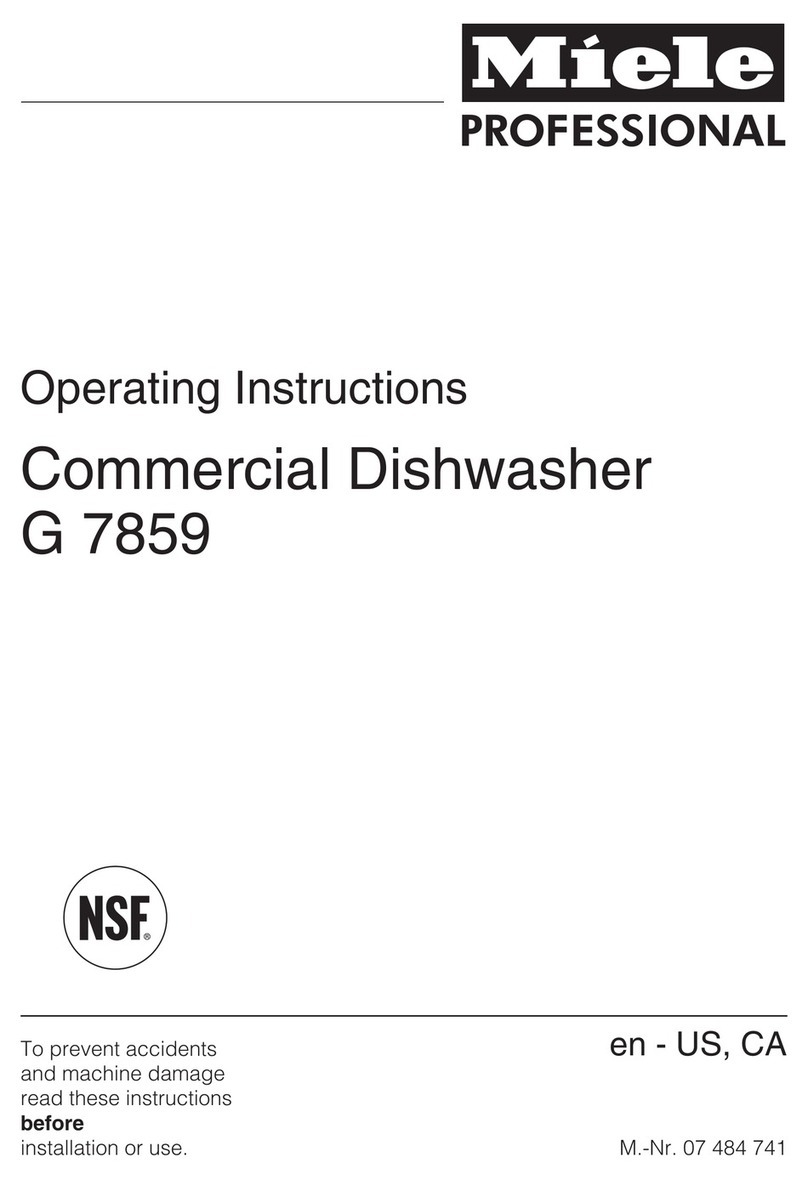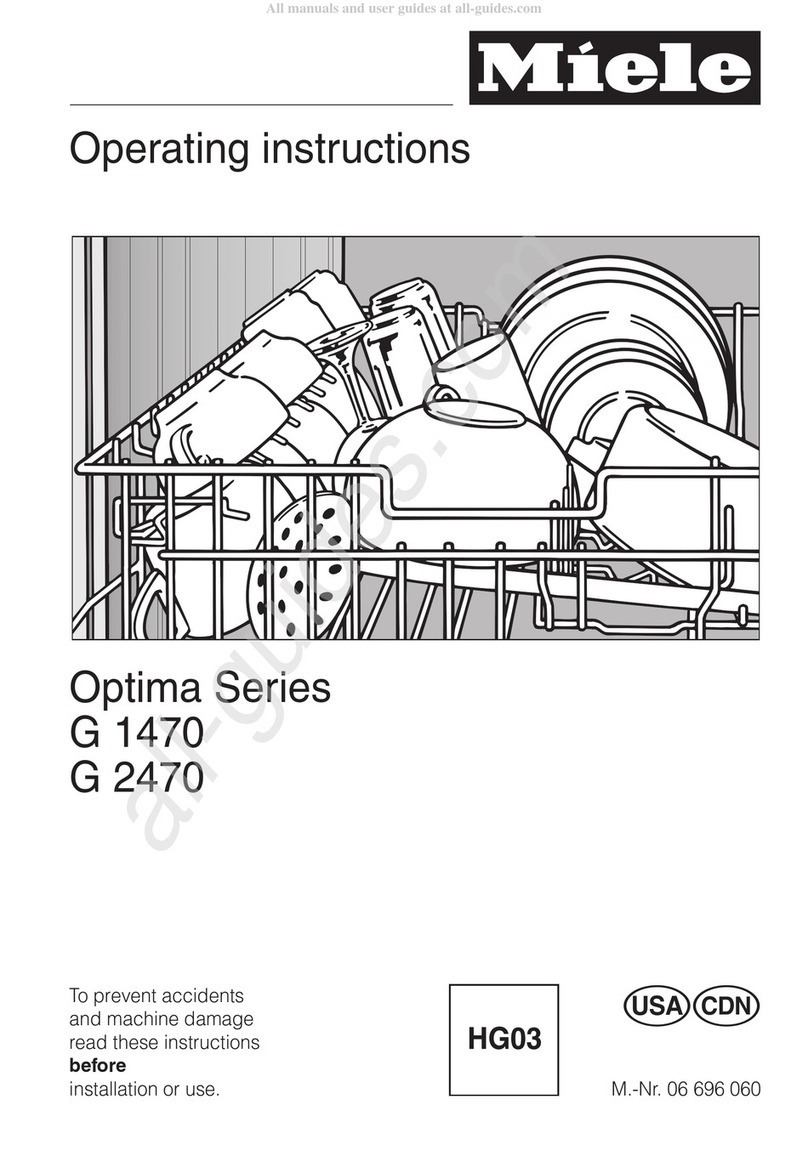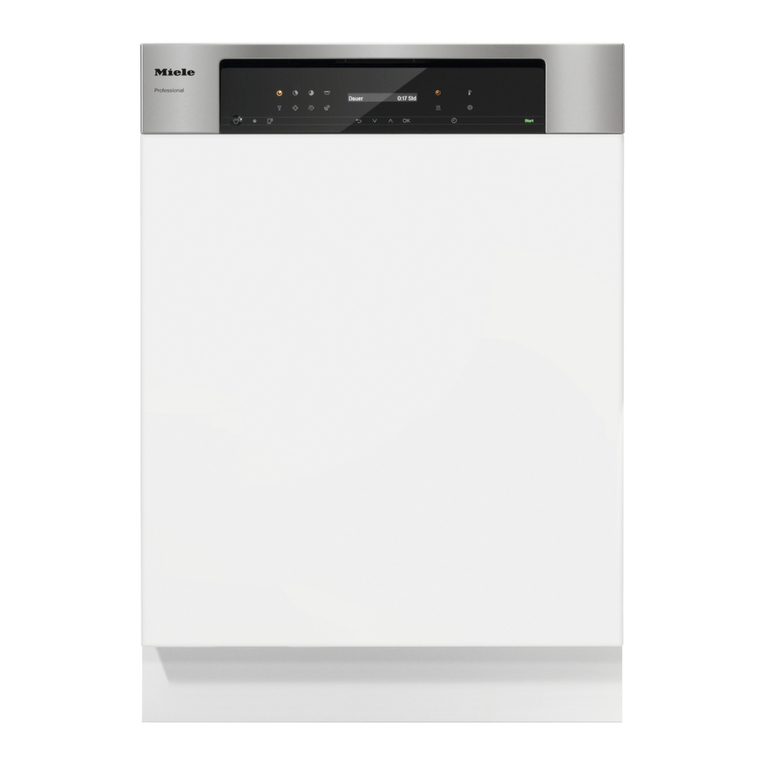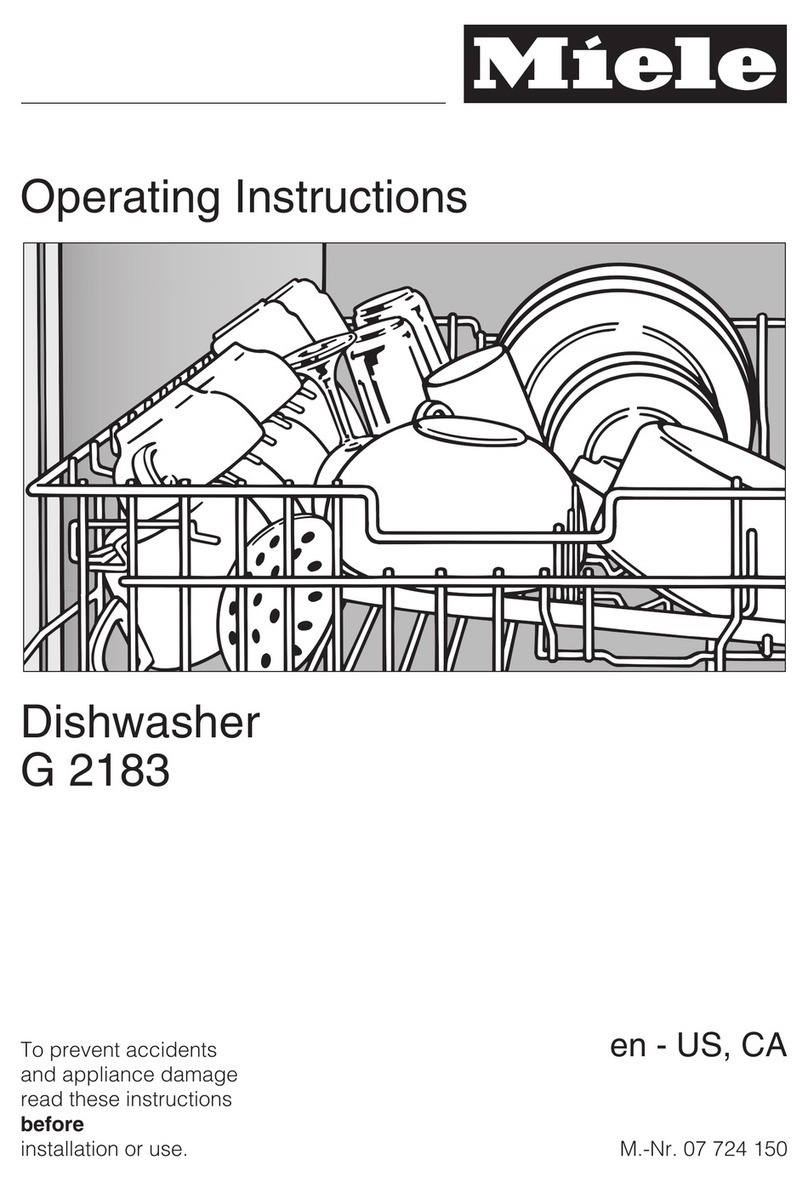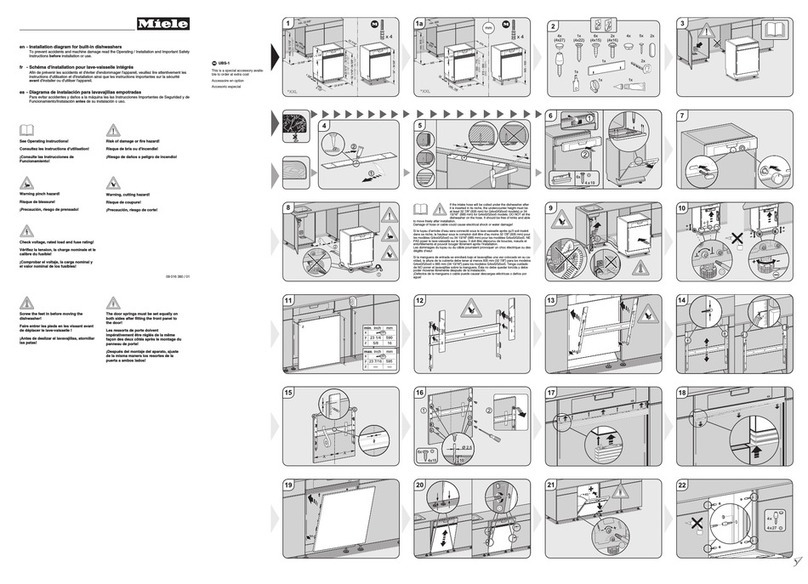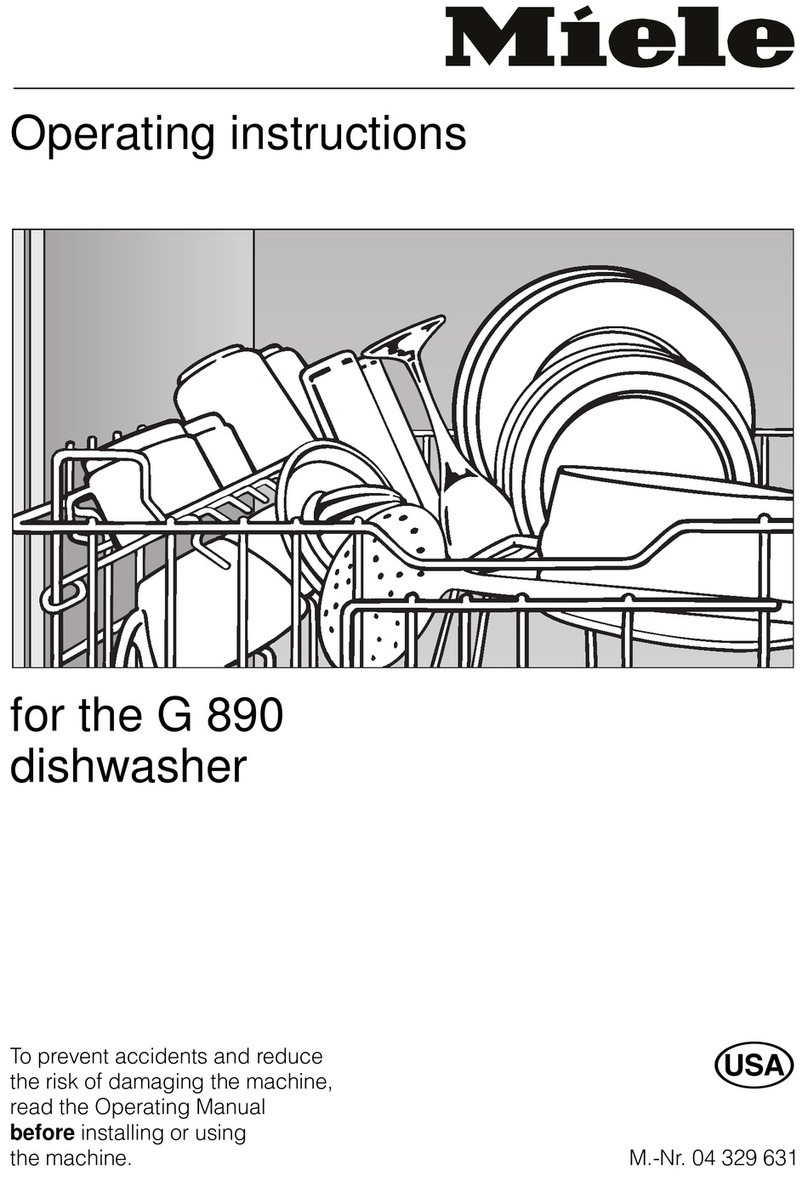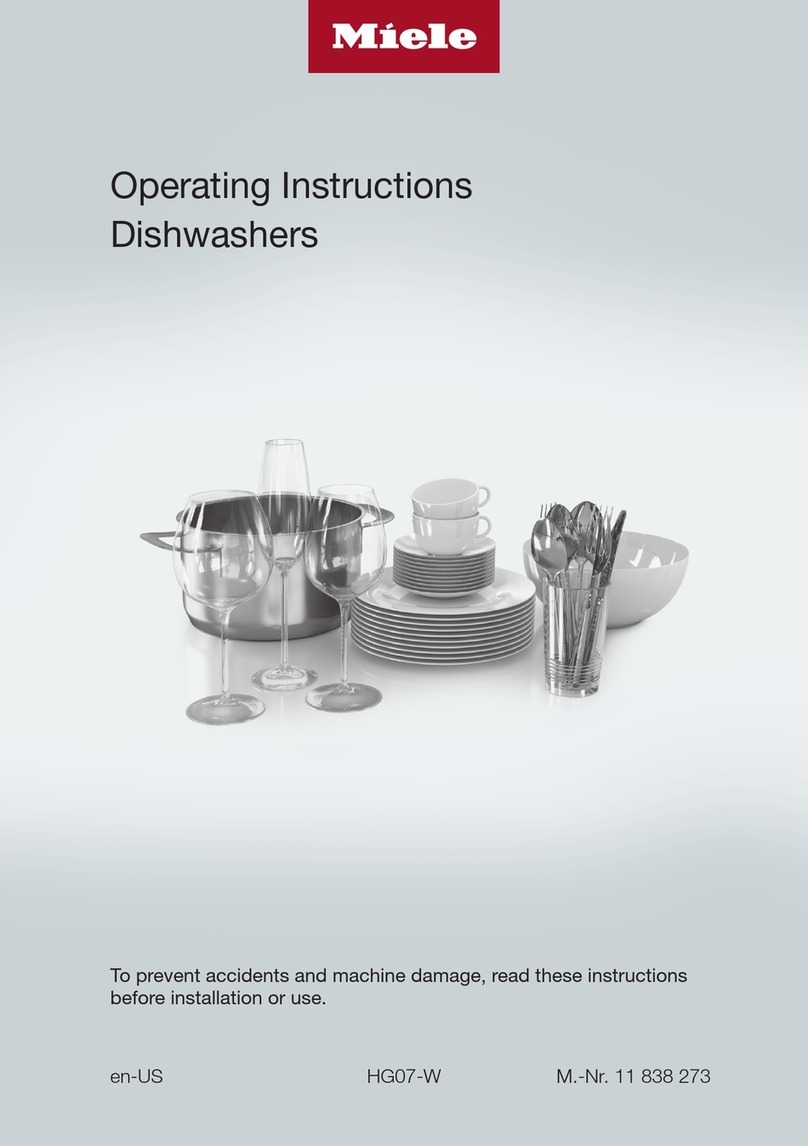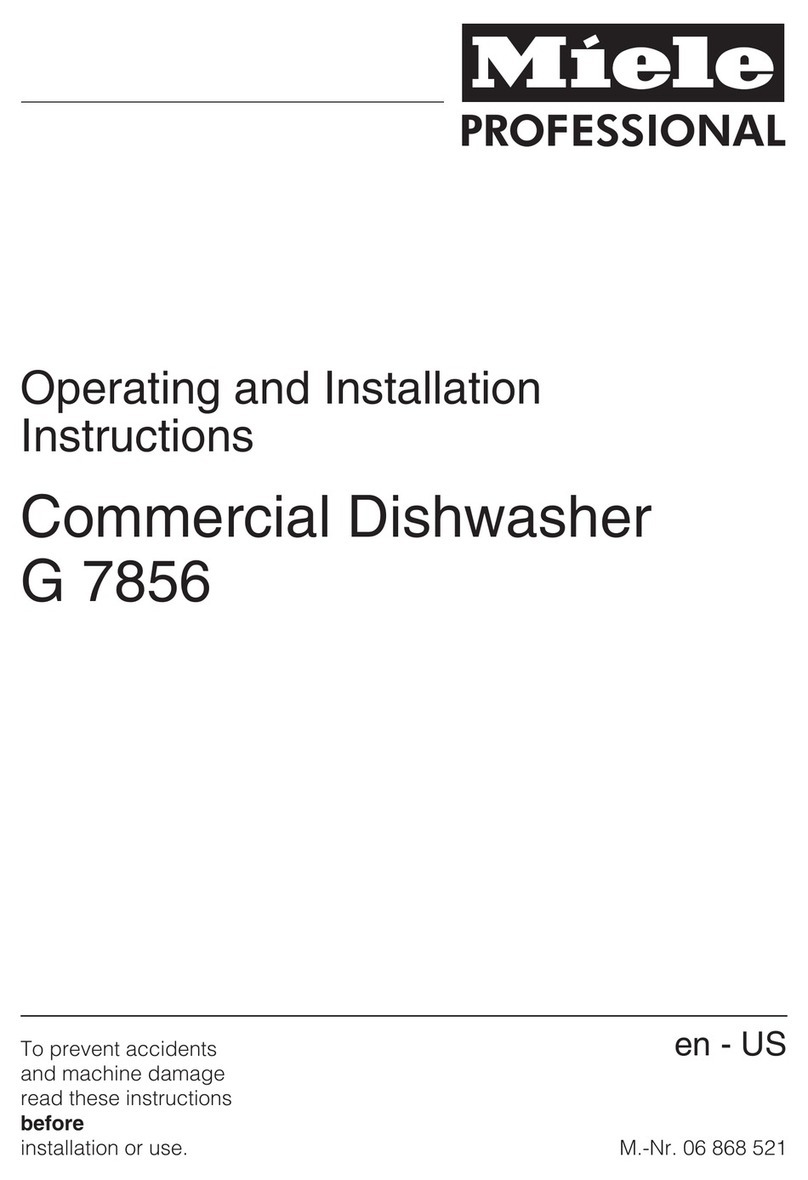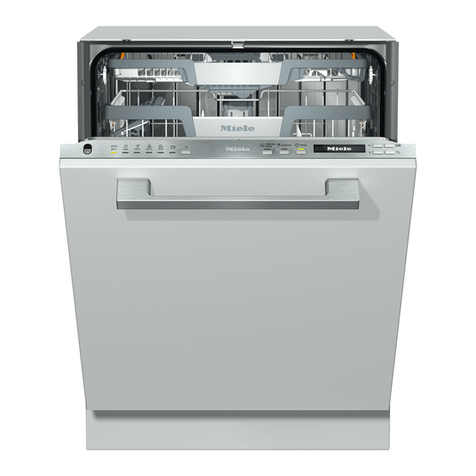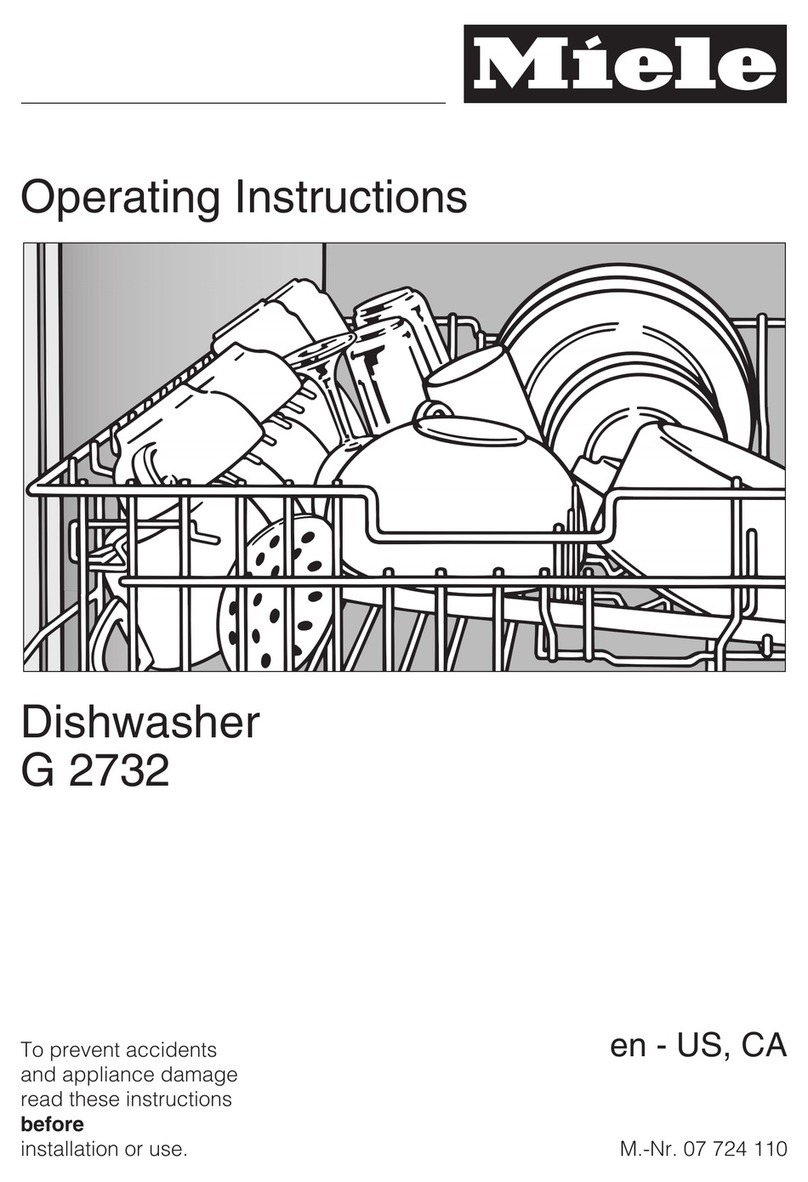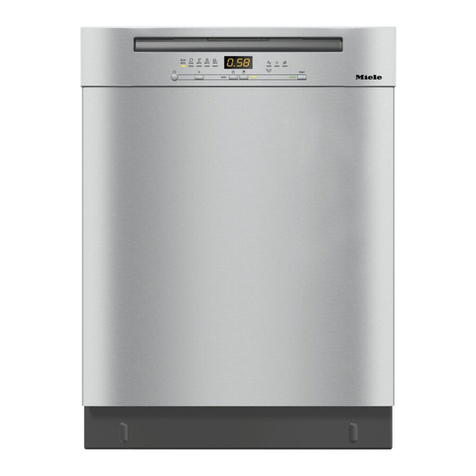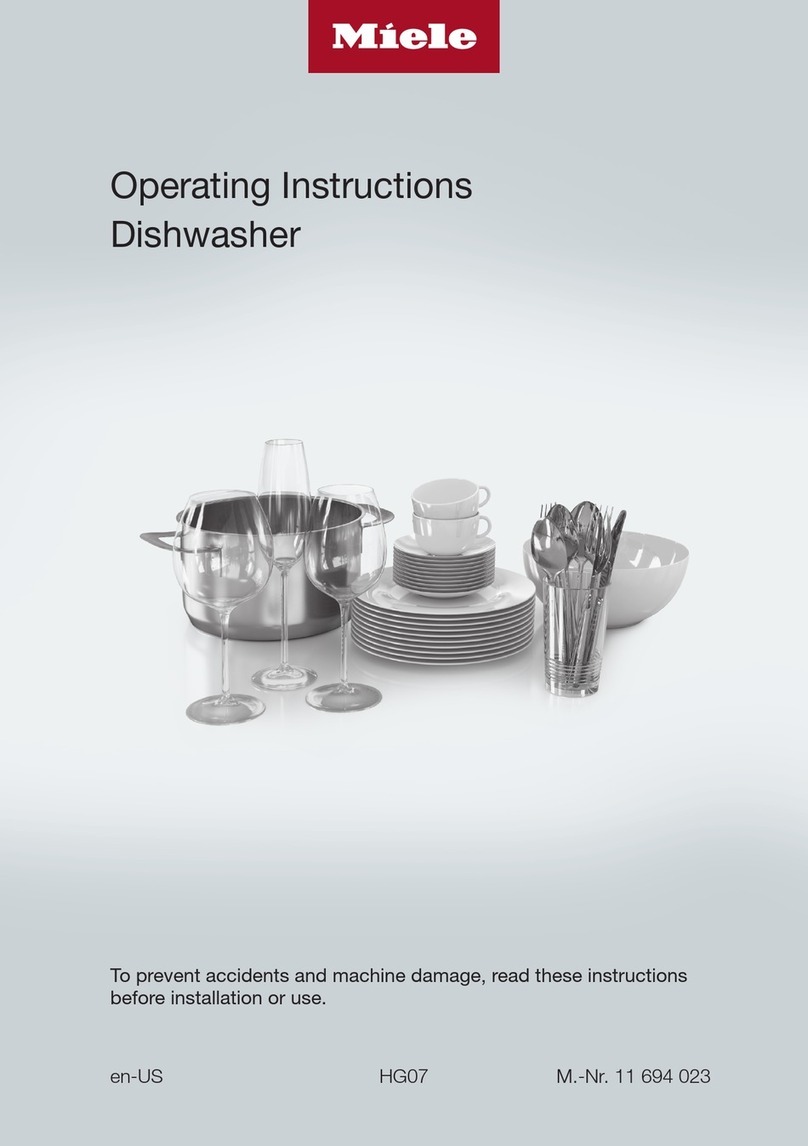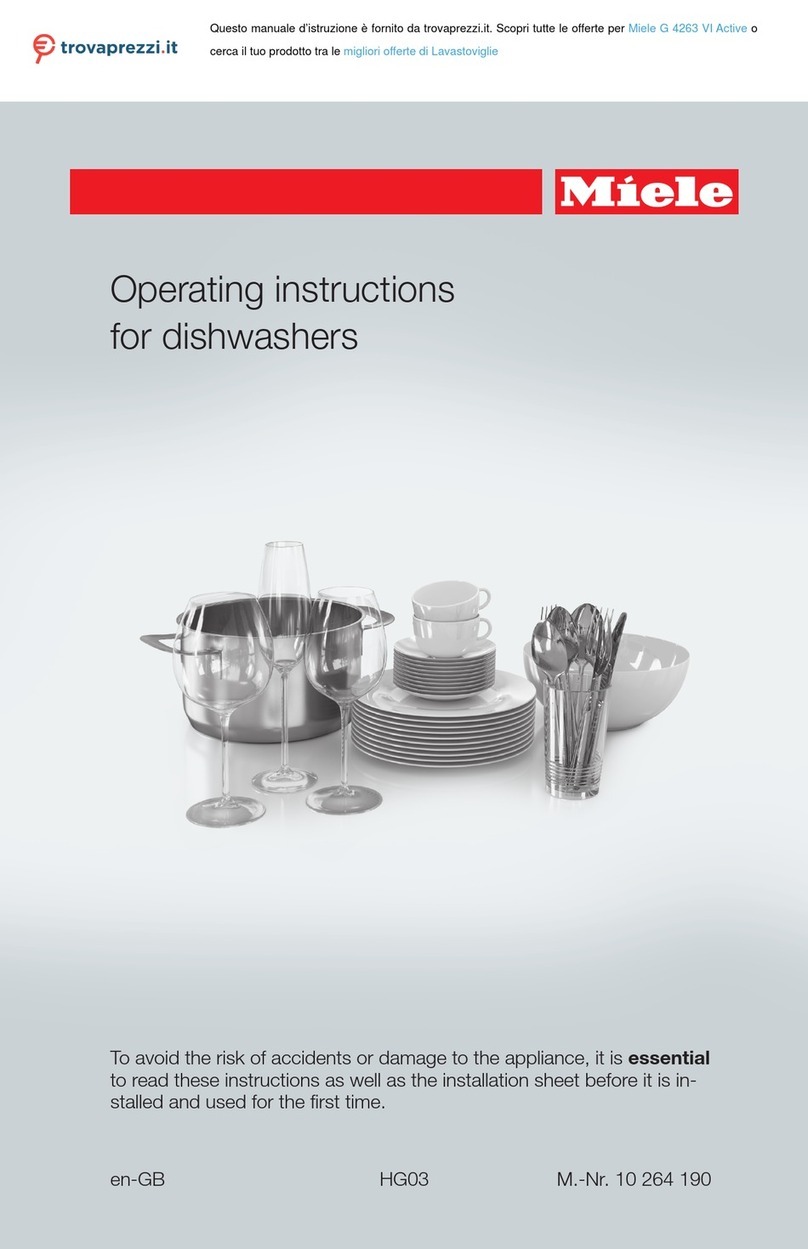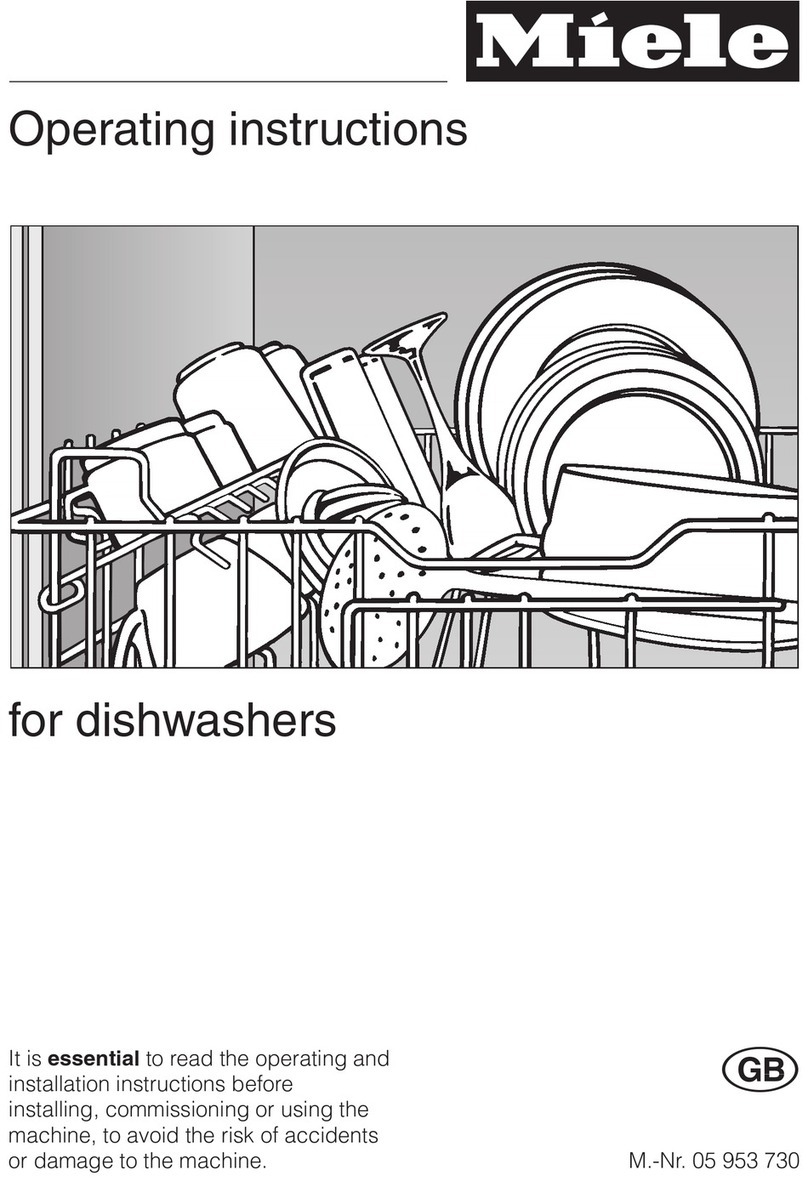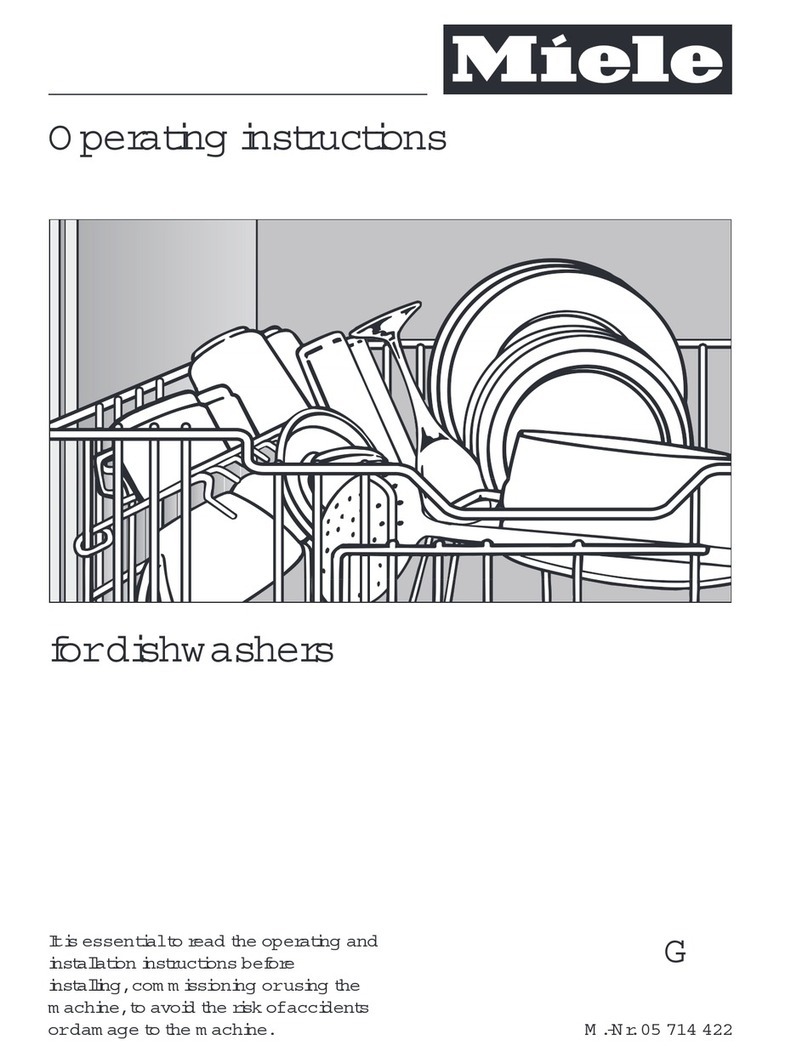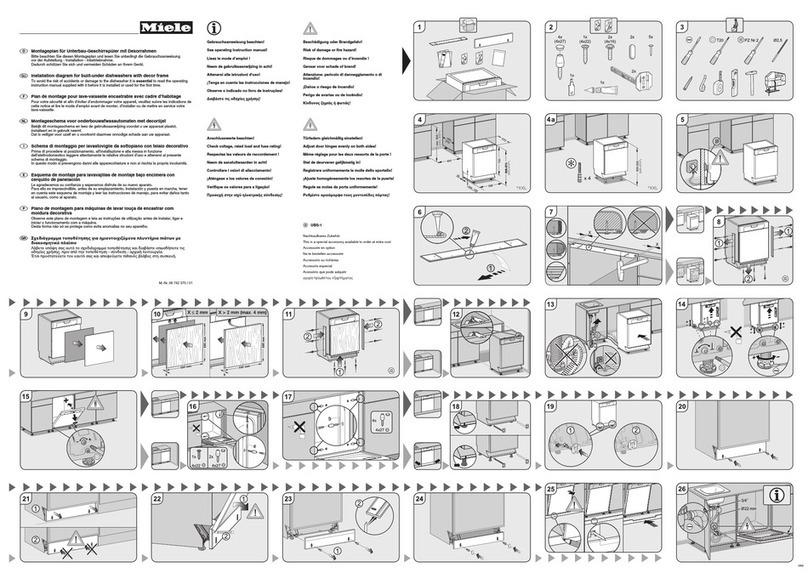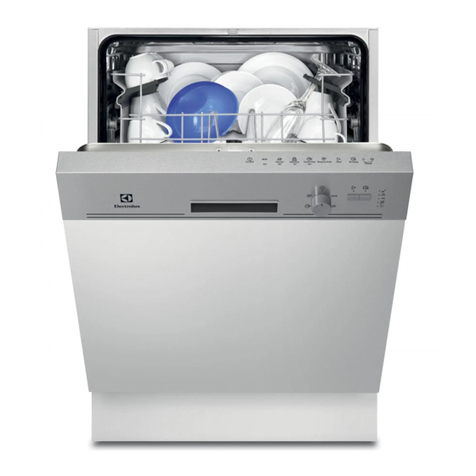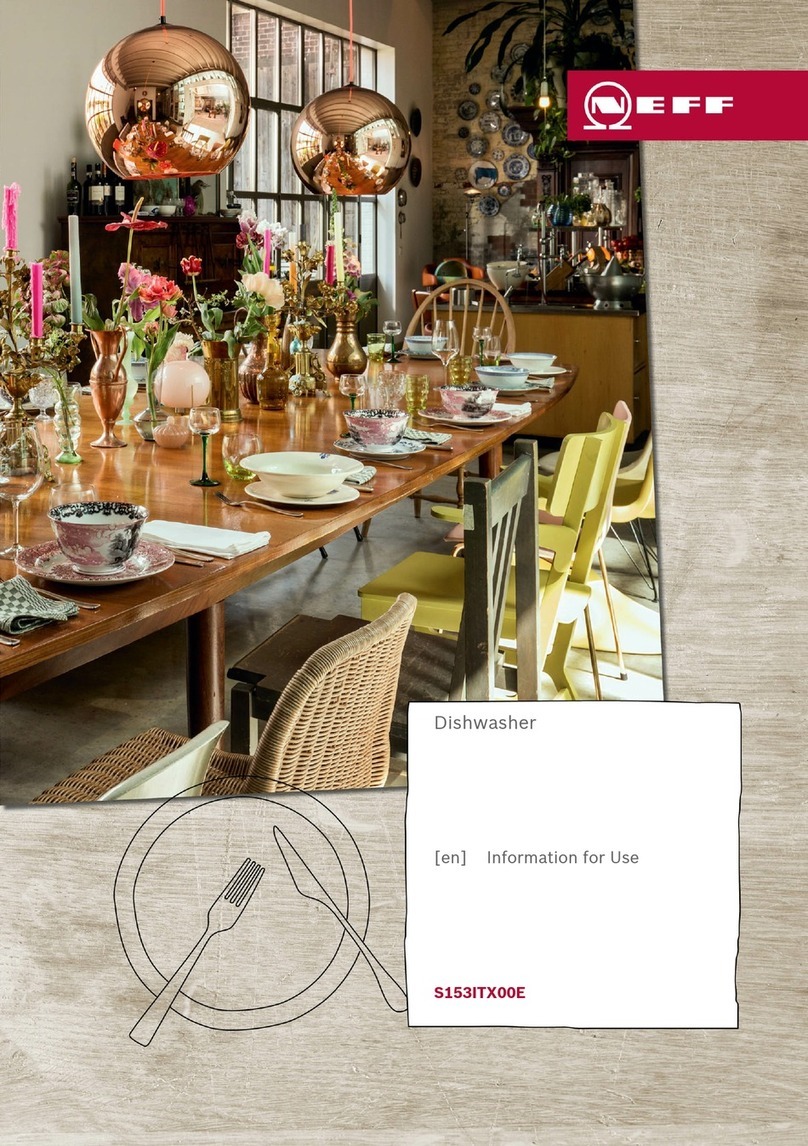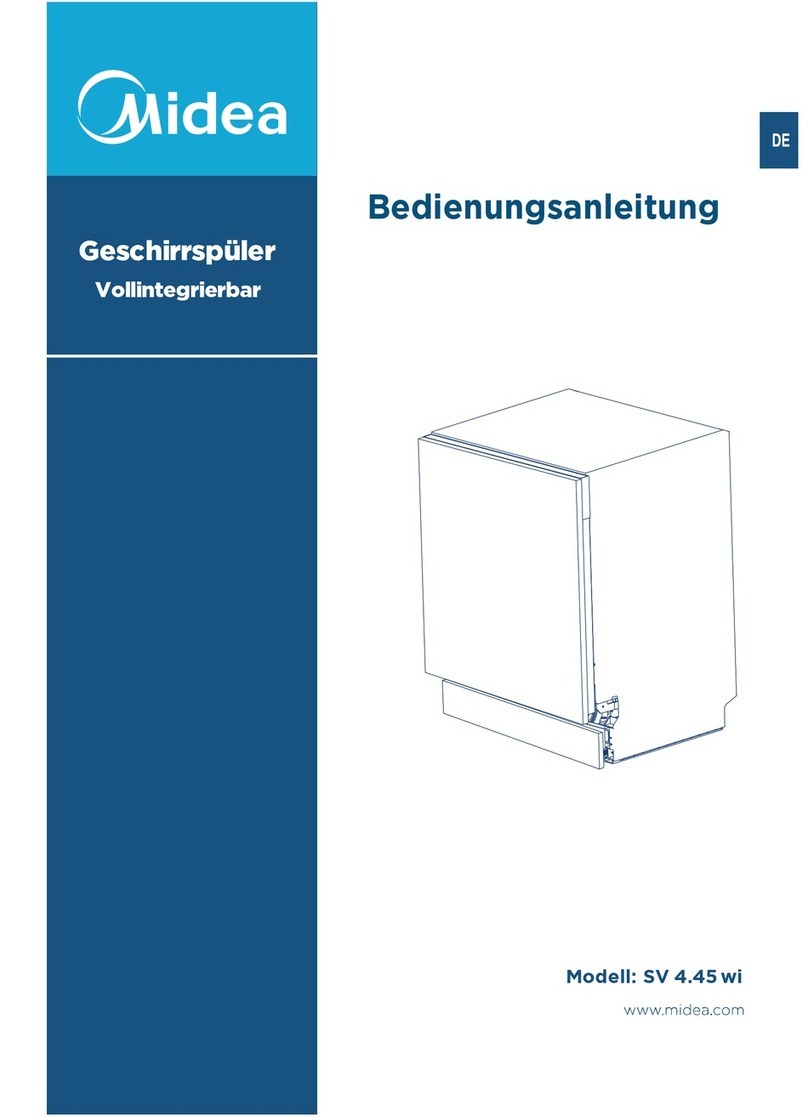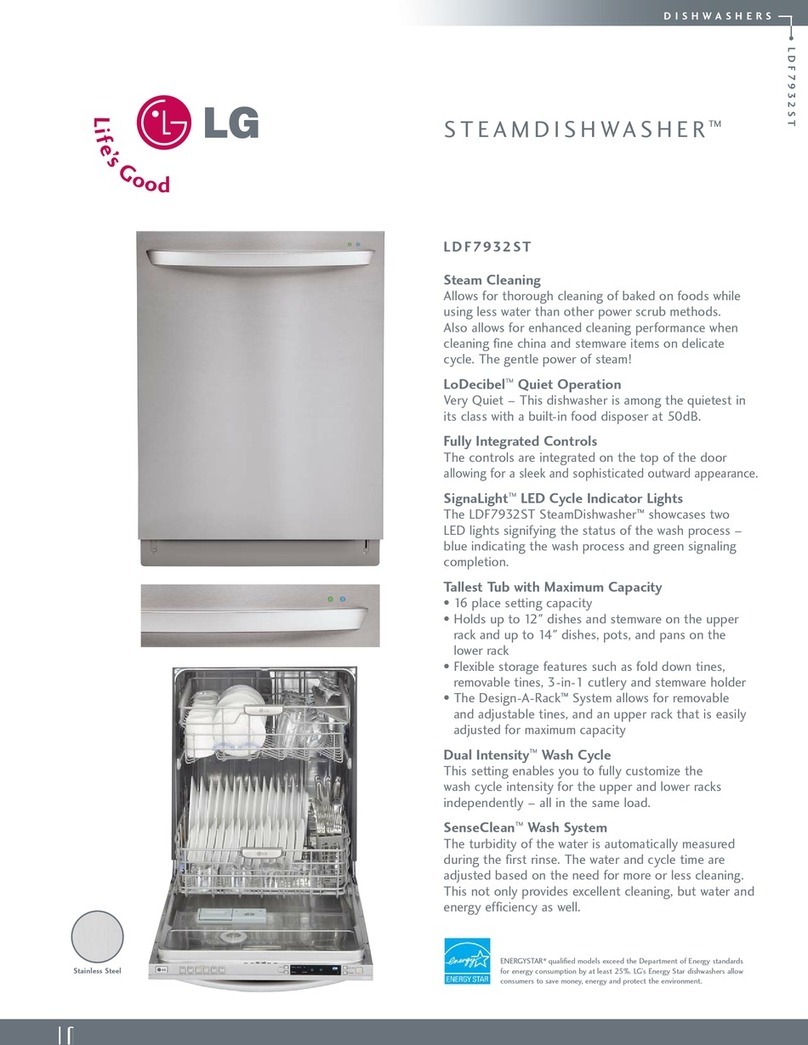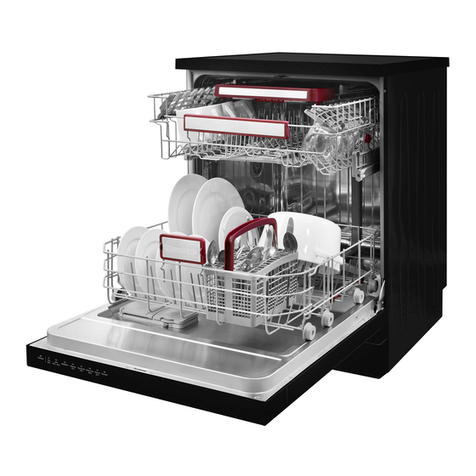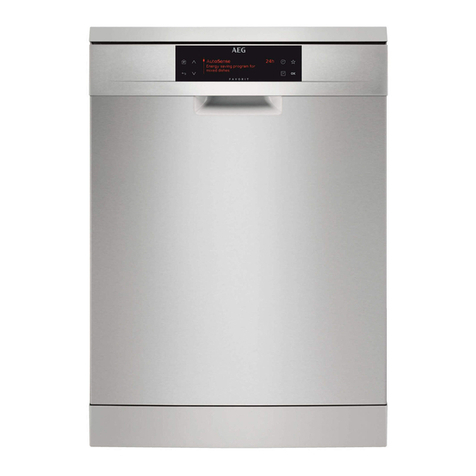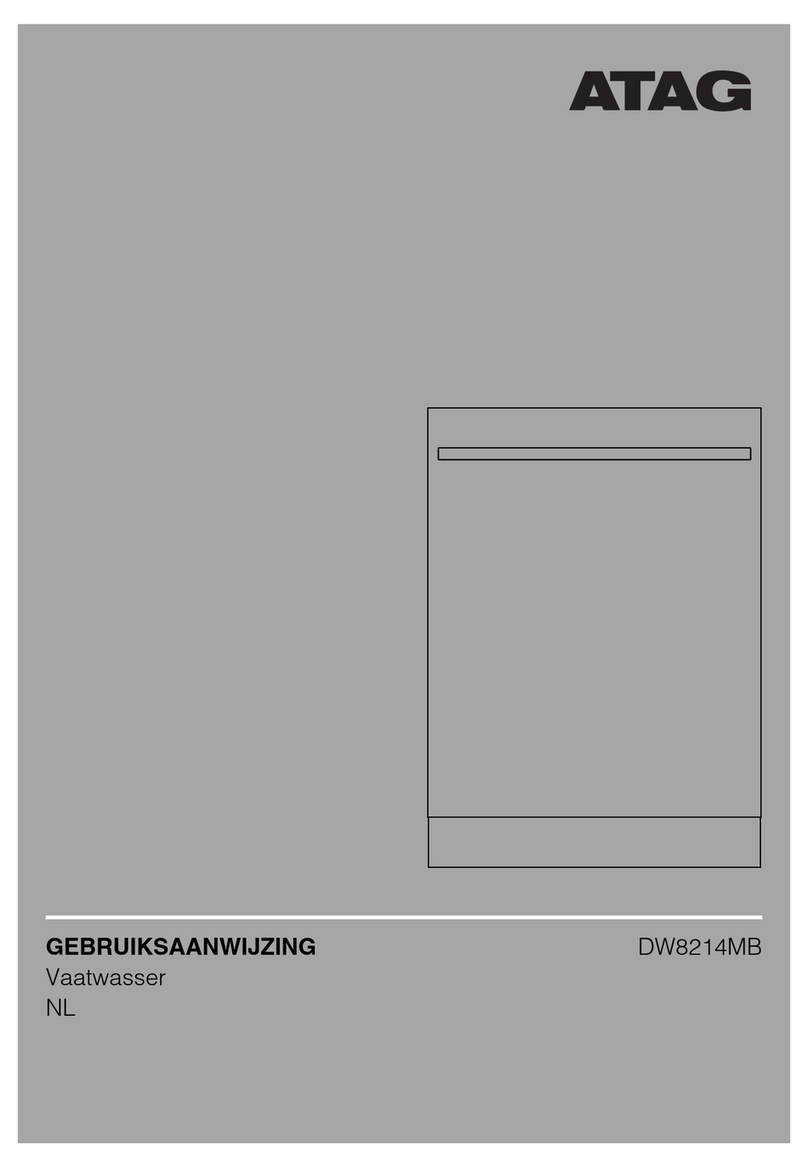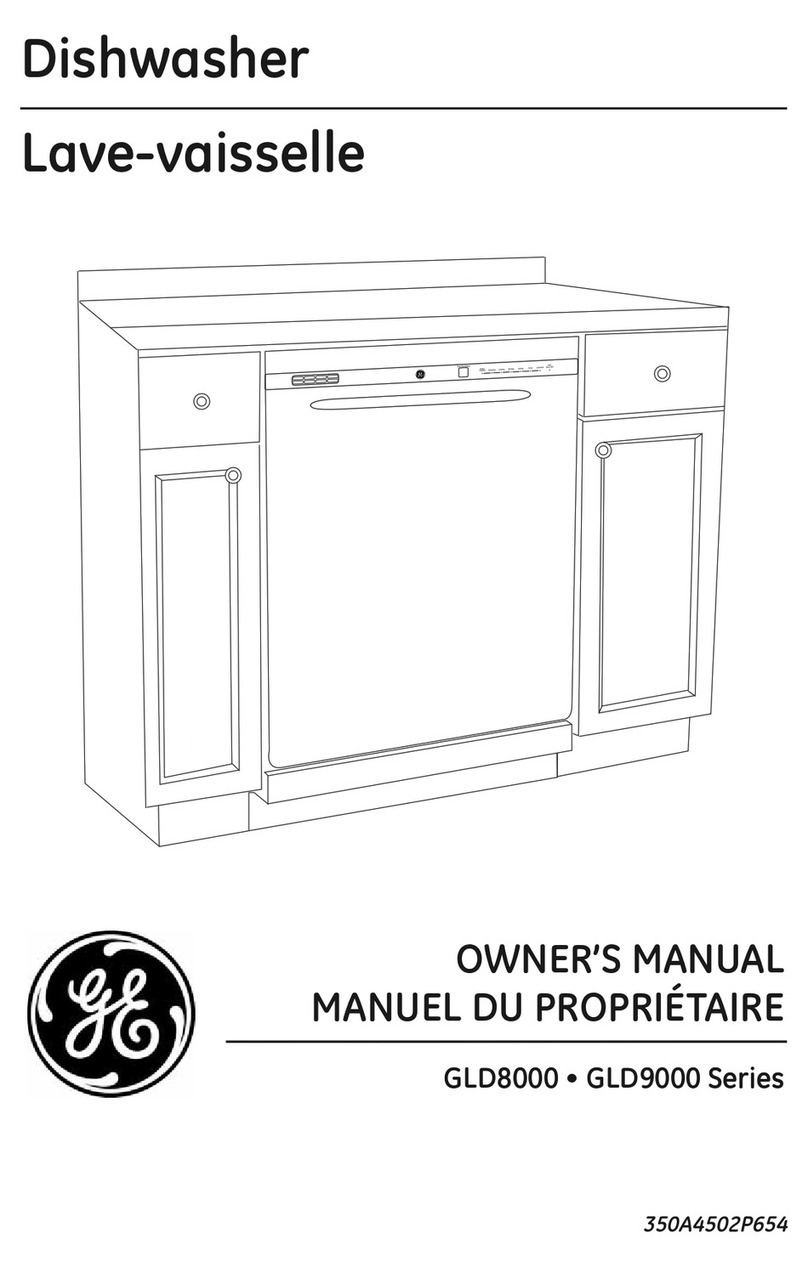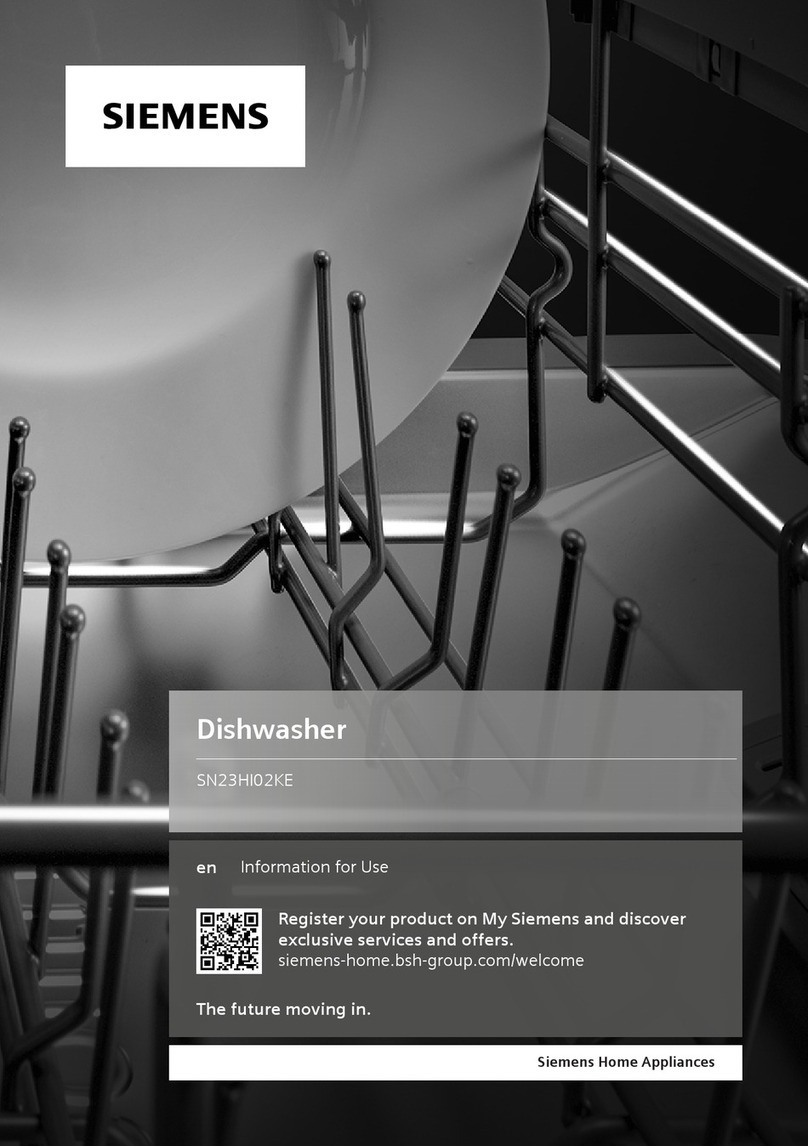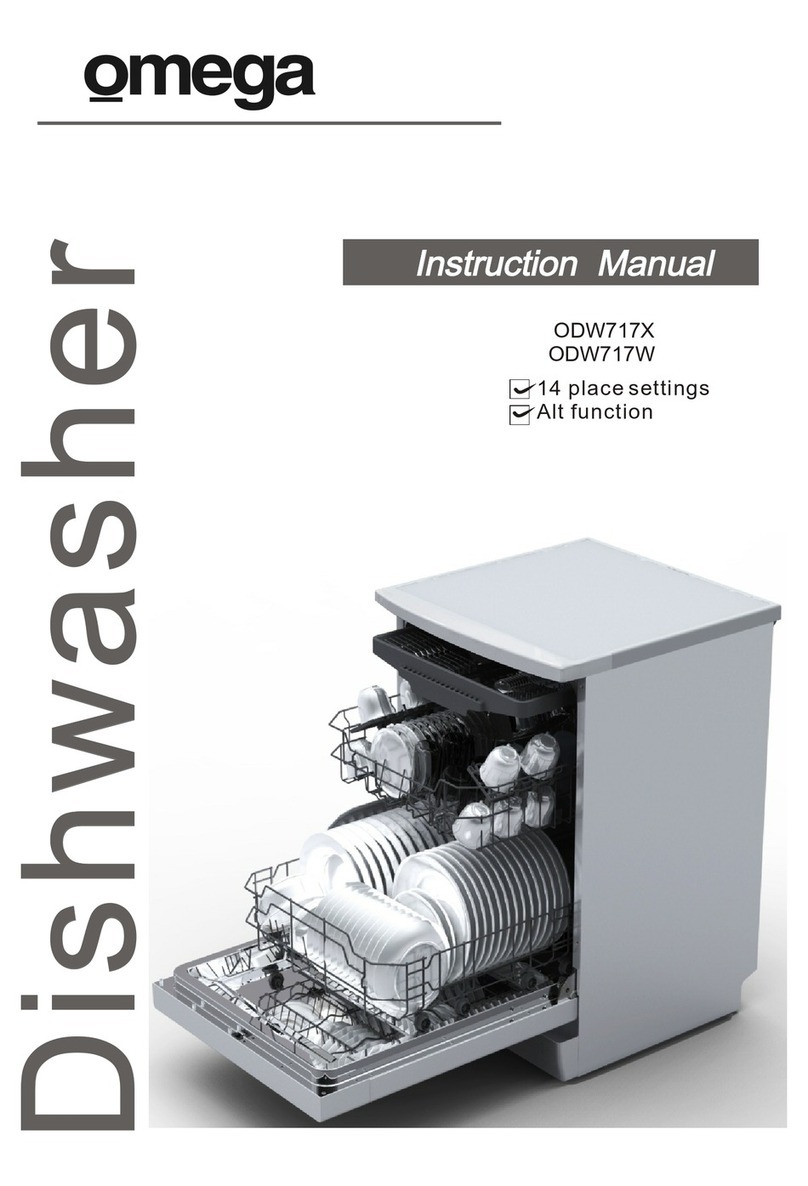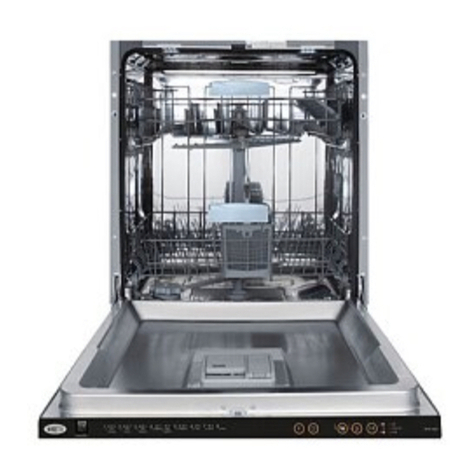
Contents
4
DOS modules .................................................................................................................... 47
Connecting a DOS module ........................................................................................... 47
Dispensing liquids ......................................................................................................... 47
Dispensing neutralising agent or rinsing agent ................................................................. 48
Neutralising agent ......................................................................................................... 48
Rinsing agent................................................................................................................. 48
Filling the reservoir ........................................................................................................ 49
Cleaning agent .................................................................................................................. 51
Replenishing liquid cleaning agent................................................................................ 51
Refill indicator................................................................................................................ 52
Dispensing liquid cleaning agent .................................................................................. 52
Dispensing powder cleaning agents ............................................................................. 53
Operation.......................................................................................................................... 55
Selecting a programme ..................................................................................................... 55
Starting a programme ....................................................................................................... 55
Starting a programme using delay start ........................................................................ 55
Programme sequence indicator ........................................................................................ 57
At the end of the programme ............................................................................................ 57
Interrupting a programme.................................................................................................. 58
Cancelling a programme ................................................................................................... 58
Programme cancelled due to a fault ............................................................................. 58
Cancelling a programme manually ................................................................................ 58
Settings ......................................................................................................................... 59
Delay start ......................................................................................................................... 60
DOS venting ...................................................................................................................... 61
Language ....................................................................................................................... 62
Date ................................................................................................................................... 63
Time of day........................................................................................................................ 65
Volume............................................................................................................................... 68
Further settings .............................................................................................................. 69
Code.................................................................................................................................. 71
Enter code ..................................................................................................................... 71
Release.......................................................................................................................... 72
Log book ........................................................................................................................... 74
Temperature unit................................................................................................................ 75
Moving a programme: allocating programme selection buttons....................................... 76
Additional functions........................................................................................................... 77
Reset ............................................................................................................................. 78
Increased water level..................................................................................................... 79
Interim rinse................................................................................................................... 79
Dispensing systems ...................................................................................................... 80
Temperature / time ........................................................................................................ 84
Release programme .......................................................................................................... 86
Water hardness ................................................................................................................. 86
Display: Temperature......................................................................................................... 87
Display brightness and contrast........................................................................................ 88
Switch off after (Auto-Off function).................................................................................... 89
Activating standby......................................................................................................... 90
Factory default................................................................................................................... 91
